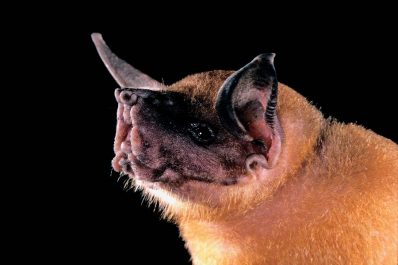Coordinating conjunctions: greater bulldog bat
The Grammar Bit!
Read the three sentences opposite. They each contain a coordinating conjunction. This is a gluey word that can be used to connect words, phrases and clauses.
Notice how in each sentence, the coordinating conjunction (bold) has been used to link two related main clauses. This creates a special type of sentence called a compound sentence. Remember – a main clause (sometimes called an independent clause) contains a subject and a verb and expresses a complete thought.
There are seven coordinating conjunctions: for, and, nor, but, or, yet, and so (FANBOYS is a useful mnemonic to remember them).
Note: There isn’t a definitive rule for the placement of a comma before the coordinating conjunction. As a general rule, use a comma to help orientate the reader when the second clause is long. The shorter the clause, and the greater the cohesion between the clauses, the less likely it is that a comma is needed.
Scintillating Sentences
1) The tiny fish created tell-tale ripples, and that was all that was needed for the bats to detect them.
2) The fishermen-like bats honked warning calls, for this stopped them colliding in mid-air.
3) Greater bulldog bats are best known for skilfully catching fish, yet their diet also consists of moths and beetles.

“Blind as a bat … This simply isn’t true! My eyesight is three times better than a human’s.”

